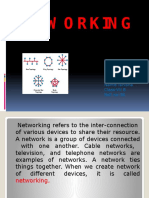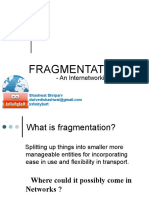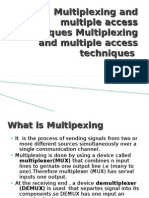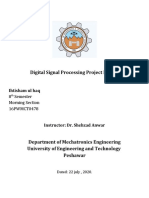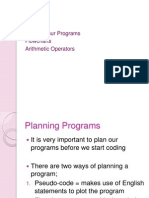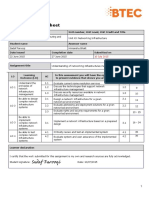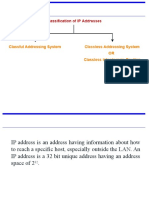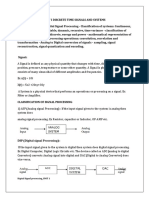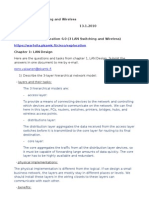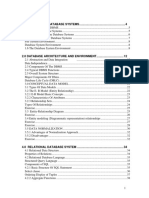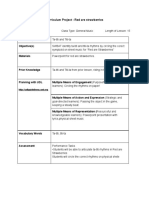0% found this document useful (0 votes)
166 views67 pagesData Encoding and Transmission
data encoding
Uploaded by
Gadaa AssebeCopyright
© © All Rights Reserved
We take content rights seriously. If you suspect this is your content, claim it here.
Available Formats
Download as PDF, TXT or read online on Scribd
0% found this document useful (0 votes)
166 views67 pagesData Encoding and Transmission
data encoding
Uploaded by
Gadaa AssebeCopyright
© © All Rights Reserved
We take content rights seriously. If you suspect this is your content, claim it here.
Available Formats
Download as PDF, TXT or read online on Scribd
/ 67



